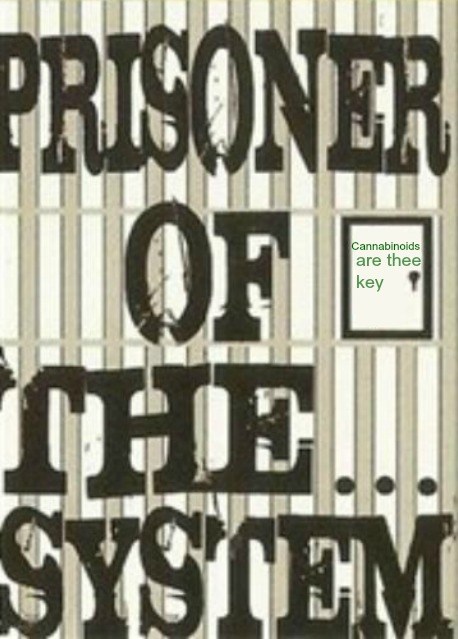[Epub ahead of print]
Sex differences in anti-allodynic, anti-hyperalgesic and anti-edema effects of Δ9-tetrahydrocannabinol in the rat.
Source
Department of Psychology, Washington State University, Pullman, WA 99164-4820. Electronic address: craft@wsu.edu.
Abstract
Cannabinoid agonists such as Δ9-tetrahydrocannabinol (THC) are more potent and/or efficacious antinociceptive agents in female than male rats using acute pain models. We tested the hypothesis that THC is more effective in females than males using a model of longer-lasting, inflammatory pain. THC’s anti-allodynic, anti-hyperalgesic, and anti-edema effects were examined 1, 3 and 7 days after injection of complete Freund’s adjuvant (CFA) into the hindpaw. Systemically administered THC (0.32-3.2 mg/kg i.p., same dose each day) was significantly more effective in females than males in attenuating CFA-induced thermal hyperalgesia, but was also more sedative in females. When administered locally into the inflamed hindpaw, THC (250-500 μg intraplantar, i.pl.) did not affect locomotor activity in either sex, yet produced greater anti-allodynic and anti-hyperalgesic effects in females than males. Despite THC’s greater anti-allodynic/-hyperalgesic effects in females, both i.p. and i.pl. THC reduced hindpaw thickness (edema) more in males. The anti-hyperalgesic effect of i.p. THC was blocked by the CB1 receptor-selective antagonist rimonabant in both sexes. Similarly, i.pl. rimonabant antagonized i.pl. THC’s effects in both sexes; in contrast, the CB2 antagonist SR144528 significantly attenuated i.pl. THC’s anti-allodynic effect only in females. I.pl. SR144528 also antagonized i.pl. THC’s anti-edema effect in males. This study suggests that cannabinoids may be better at reducing edema in males while being more effective against inflammatory pain in females. Furthermore, sex differences in THC’s peripheral effects against inflammatory pain may be due to activation of both types of cannabinoid receptors in females, in contrast to predominantly CB1 receptors in males.
Copyright © 2013. Published by Elsevier B.V.
Copyright © 2013. Published by Elsevier B.V.


